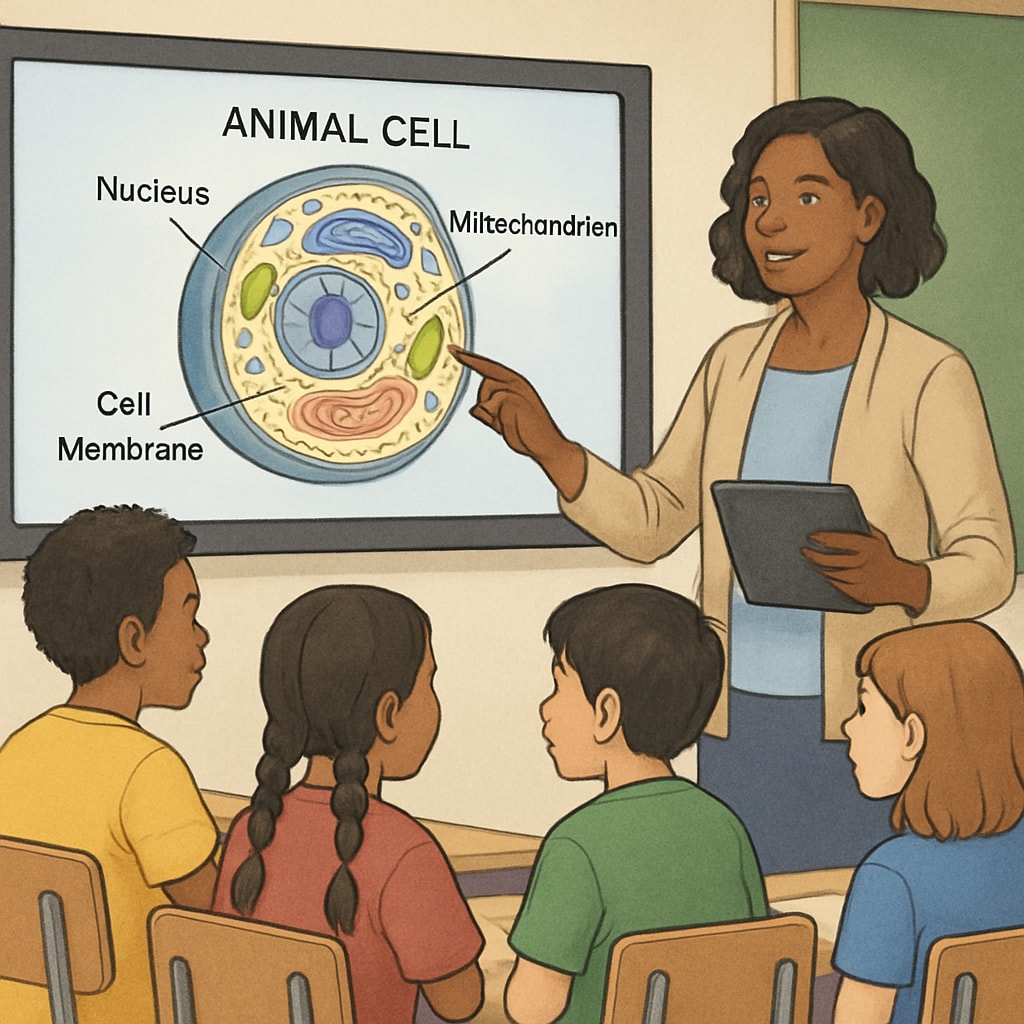Teaching science in classrooms with a high percentage of English language learners (ELLs) can be both challenging and rewarding. Language barriers often make it difficult for these students to grasp complex scientific concepts. However, with the right strategies, educators can create an inclusive environment that supports ELLs while maintaining academic rigor. This article explores practical methods to integrate differentiated teaching techniques, overcome linguistic challenges, and ensure that every student succeeds.
Understanding the Challenges Faced by ELLs in Science Classrooms
English language learners encounter unique obstacles in science education. Not only do they need to understand complex scientific terminology, but they must also navigate lessons that often rely on extensive reading and writing. Moreover, cultural differences may influence how they approach problem-solving or participate in group activities.
For example, many scientific terms derive from Latin or Greek, which can be particularly confusing for students still mastering basic English. Furthermore, science often involves abstract concepts that require both verbal and visual explanations for deeper understanding. Recognizing these challenges is the first step toward creating a supportive learning environment.

Practical Strategies for Inclusive Science Teaching
To foster success among ELLs in science classrooms, educators should adopt inclusive and differentiated teaching strategies. Below are several actionable approaches:
- Visual Aids and Hands-On Activities: Use diagrams, charts, and videos to make abstract concepts more tangible. Incorporate hands-on experiments to engage learners and reduce reliance on language alone.
- Pre-Teaching Vocabulary: Introduce key scientific terms before diving into lessons. Create word walls or flashcards to reinforce vocabulary in a visually engaging way.
- Collaborative Learning: Encourage group work, pairing ELLs with native speakers to promote peer learning. This also helps build communication skills through interaction.
- Scaffolded Instruction: Break complex lessons into smaller, manageable chunks. Provide sentence starters or graphic organizers to guide students through assignments.
- Multimodal Assessments: Allow students to demonstrate their understanding through projects, presentations, or models instead of relying solely on written tests.
By incorporating these techniques, educators can ensure that ELLs are better equipped to grasp scientific concepts while improving their language skills.
Building a Culturally Responsive Classroom
Cultural awareness is another crucial aspect of teaching science to English learners. Recognizing and valuing students’ diverse backgrounds can enhance engagement and foster a sense of belonging. For instance, drawing connections between scientific concepts and students’ cultural experiences can make lessons more relatable.
Additionally, creating a safe space for students to express themselves without fear of judgment is essential. Encourage open discussions and celebrate small achievements to boost confidence. A culturally responsive classroom not only improves academic outcomes but also promotes mutual respect and understanding.

Leveraging Technology to Support ELLs
Technology offers powerful tools to enhance science instruction for ELLs. From language translation apps to interactive simulations, digital resources can bridge gaps in comprehension. Here are some examples:
- Language Support Tools: Platforms like Google Translate or Microsoft Immersive Reader can help students decode unfamiliar terms and instructions.
- Interactive Learning: Use virtual labs and simulations, such as those provided by PhET Interactive Simulations, to create immersive learning experiences.
- Video Tutorials: Provide access to educational videos on platforms like Khan Academy, which often include subtitles in multiple languages.
By integrating technology, educators can cater to diverse learning styles and ensure that all students have equal opportunities to succeed.
Measuring Success in an Inclusive Science Classroom
Assessing the effectiveness of teaching strategies is essential for continuous improvement. Regularly gather feedback from students to understand their challenges and adapt methods accordingly. Additionally, track progress through formative assessments, which provide insights into both academic and language development.
Celebrate milestones, no matter how small, to motivate students and build their confidence. Success in an inclusive classroom is not just about academic achievement but also about fostering a love for learning that transcends language barriers.
By embracing these strategies, educators can transform science classrooms into inclusive spaces where every student thrives, regardless of their language proficiency.
Readability guidance: Use short paragraphs and bulleted lists to summarize key points. Incorporate transition words to ensure smooth flow between ideas. Keep technical jargon to a minimum and explain academic terms when necessary.


